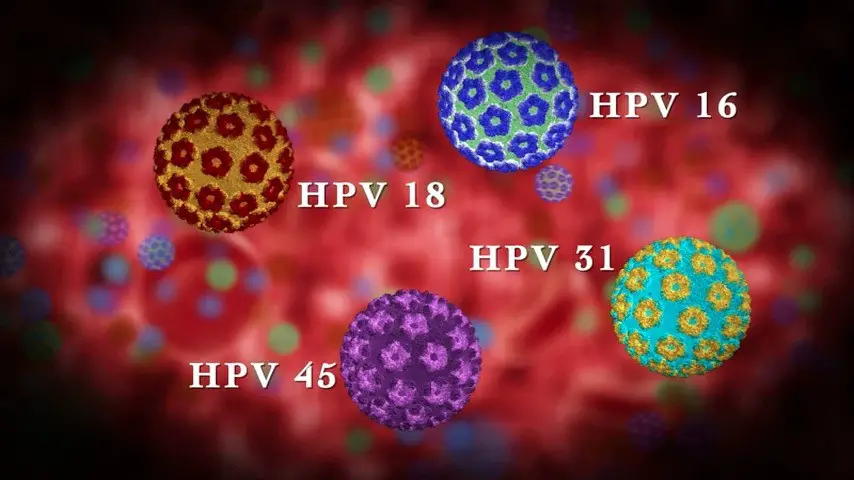Why the HPV Virus is so Dangerous and What You Can Do?

The human papilloma virus is one of the most pervasive and common viruses around today. It is primarily a STD that is easily transmitted through almost all forms of sexual contact. However, people can easily catch it from casual contact as well. It’s important to know how this virus can impact you or someone you love. Let’s take a look at the basics as well as what you can do to protect yourself.
Small Virus

HPV is a very small virus. In fact, it is smaller than the microscopic holes in the material that condoms are made from. Consequently, even it can be transmitted even when protected. Furthermore, HPV can be transmitted through any holes in the skin or mucous membranes. It is also a very common virus since it is transmitted so easily.
What makes HPV so dangerous is that people can be asymptomatic for their entire lives. They can carry it and never know they are infected. This is one of the reasons that it has spread so quickly and impacts a huge percentage of the population. Visible signs of infection are in the form of warts that thrive in the moist tissues in the genital area, near the anus or in the mouth. However, not everyone has them, and many warts are difficult to detect with the naked eye.
Causes of Cancer

The biggest risk associated with HPV is cervical cancer in women and testicular cancer in men. In fact, HPV accounts for the vast majority of cervical cancer cases in the world. Many experts suggest that if HPV was eradicated, so would this type of cancer. It can also cause cancer to the rest of the genitalia. Babies are also prone to infection as the virus can be transmitted during childbirth. Keep in mind that just because someone has HPV doesn’t mean they will develop cancer, rather the likelihood increases.
Vaccines
A large, global vaccination program has been initiated over the past few years as a way to protect women from getting this virus. However, it is not a cure, and those who are infected carry it for life. While the debate over vaccination rages on, the only other way to ensure that transmission stops is through abstinence or testing to make sure a sexual partner does not have the virus. However, since transmission can occur beyond sexual activity, the public at large is also at risk of picking it up during the normal course of life as well.
The biggest fear is that this common virus can mutate into something more hazardous and deadly. For the time being, vaccinations are the only sure-fire way to prevent catching the virus, and even those are not 100% effective all of the time. Consequently, HPV is one example of a seemingly-endless list of viruses that can infect us at any point in time, and there is little we can do other than react when an outbreak occurs.
Keep in mind that HPV has silently infected a huge portion of the global population without raising too many red flags until it was too late. Take time to learn more about HPV, how to get tested, and what things can be done to minimize transmission.

